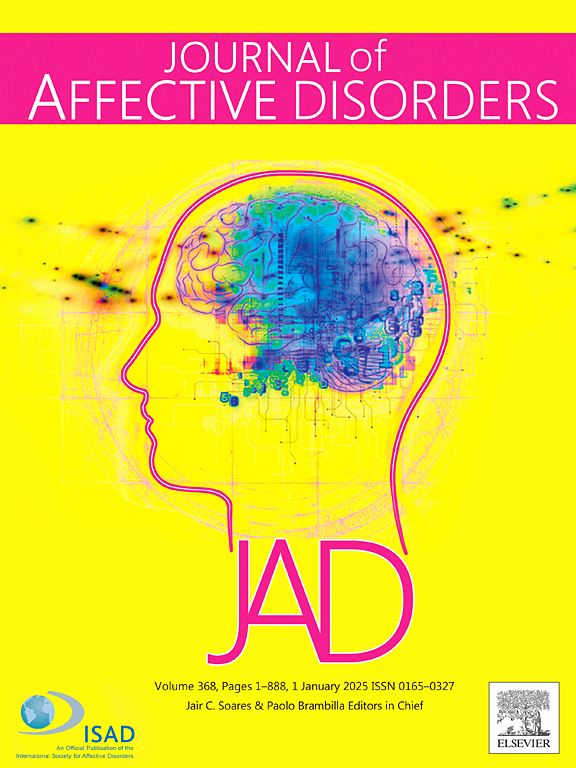The role of physical activity in the association between ADHD and emotional dysregulation
IF 4.9
2区 医学
Q1 CLINICAL NEUROLOGY
引用次数: 0
Abstract
Background
Emotional dysregulation (ED) represents a burden for individuals with ADHD. Physical activity (PA) is associated with improvements in emotion regulation, but knowledge is limited regarding its role in ED in the context of ADHD. This study aimed to increase understanding of the association between ADHD and ED and to explore the role of PA. Identifying modifiable risk factors could aid the design of future interventions.
Methods
Children from the Swedish Twin Registry were included. ADHD symptoms and PA intensity and frequency were measured using parent-reported questionnaires at age 9/age 12. ED was assessed through questionnaires at age 15. The association between ADHD and ED was assessed through linear GEE regression models. Interaction terms and stratified analyses by level of PA were used to explore the role of PA. Analyses were done separately for boys and girls.
Results
12,094 children (52 % girls) were included. A positive association between ADHD symptoms and ED remained significant after adjusting for mental comorbidities and unmeasured family-shared confounders (β = 0.07, 95% CI 0.02–0.12 in boys; β = 0.09, 95% CI 0.02–0.16 in girls). The association was driven by inattention in boys but combined symptoms in girls. The association remained in all strata of PA. A significant interaction between PA frequency and ADHD symptoms was observed among boys (p = 0.02).
Limitations
Results were based on parent-reported PA; findings might differ with sensor-based measurements.
Conclusion
Higher ADHD symptoms in childhood were associated with greater ED in adolescence in all PA levels. Low PA frequency intensified the association among boys.
求助全文
约1分钟内获得全文
求助全文
来源期刊

Journal of affective disorders
医学-精神病学
CiteScore
10.90
自引率
6.10%
发文量
1319
审稿时长
9.3 weeks
期刊介绍:
The Journal of Affective Disorders publishes papers concerned with affective disorders in the widest sense: depression, mania, mood spectrum, emotions and personality, anxiety and stress. It is interdisciplinary and aims to bring together different approaches for a diverse readership. Top quality papers will be accepted dealing with any aspect of affective disorders, including neuroimaging, cognitive neurosciences, genetics, molecular biology, experimental and clinical neurosciences, pharmacology, neuroimmunoendocrinology, intervention and treatment trials.
 求助内容:
求助内容: 应助结果提醒方式:
应助结果提醒方式:


